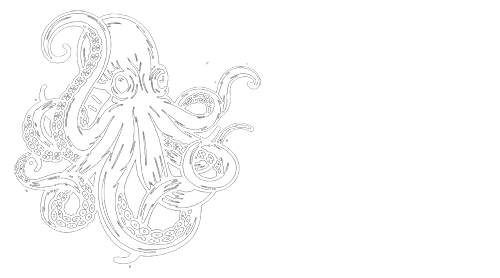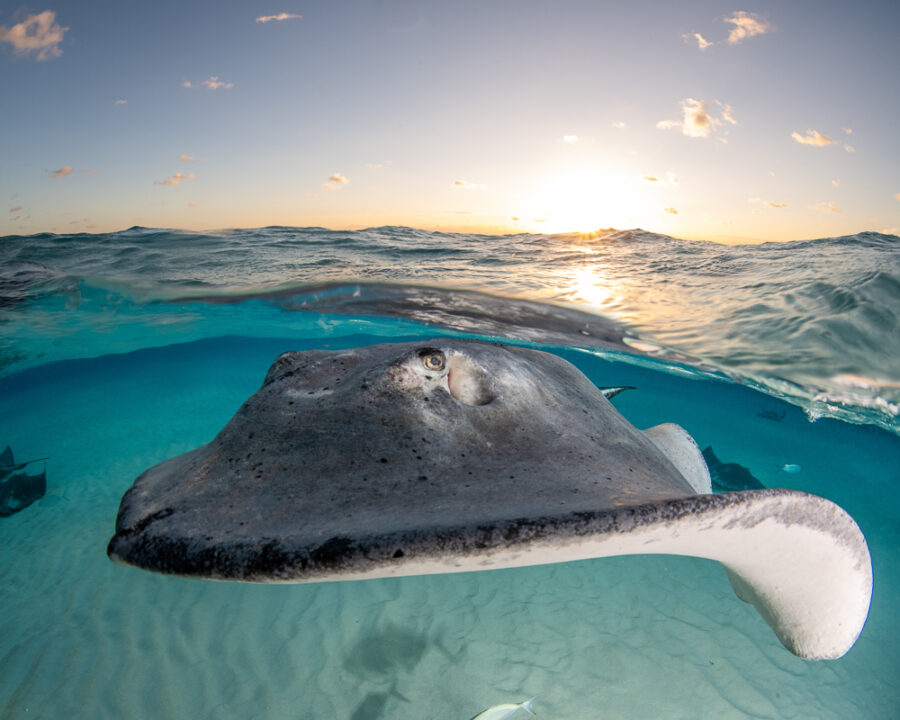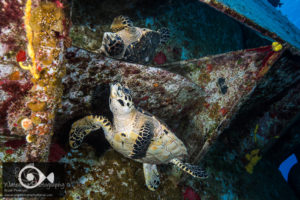Close-Focus Wide Angle Photography is one of the most important techniques in underwater photography. We see the technique showcased in magazines, advertisements, and plastered all over social media. It is arguably the most important aspect of an underwater photographer’s portfolio. But what, exactly, does CFWA mean, and how does one make an impact using this technique?

Wide Angle photography is generally an image that takes in a wide angle of view such as a large school of fish, a shipwreck, or a coral reef. And it certainly has its place in underwater photography. But Close Focus Wide Angle is when you use a close focusing lens, usually a fisheye lens, to focus on a subject in the foreground (see the honeycomb eel ) with other elements in the background such as the blue water or a reef. The forced perspective of a fisheye lens makes the subject in the foreground seem to jump out of the picture. But the environment in the background is equally necessary in telling a story. It creates the look of a three-dimensional image and is much more engaging to the viewer.


GET CLOSER!

The key to shooting CFWA is in getting close to the subject. You should be about 18 inches (50cm) or closer to your subject to get a forced perspective, and the closer you get, the more dramatic that affect will be because the animal will begin to appear separate from its environment. Getting very close to an animal creates a challenge because many animals are not comfortable with a diver in their face. If you are able to approach the animal, then it is very important to be mindful of the environment so that you don’t damage it.
USING LIGHT
Getting close presents another challenge and that is how to get light on the subject. Strobe placement can be a bit tricky when it comes to CFWA because when you get very close to a subject your strobes may not be able to cast light on it without getting flare through the dome on the sides of the image. Then, when you try to pull your strobes back, the subject may be shaded down the middle. Take a look at the two images of sponges and sunlight. In the one, the strobes are not lighting the middle of the image. The dome port is only inches from the sponges and coral, but the strobes are so far apart they are only lighting the outside edges of the subject. The dome port is actually shading the sponges from the strobe light.

This is easily corrected by bringing the strobes closer together. Think of an analog clock, and the strobes being placed at about 9:00 and 3:00. They should be close together because your subject is very close to your dome port. They should also be close to your housing, even touching it is not too close! However, the front of the strobe must be behind the dome port. A good rule of thumb is that the strobes should be as far apart as your subject is from your lens. In other words, if your lens is 8 inches from your subject, your strobes should only be about 8 inches apart. With the strobes close together, their light falls through the middle of the image creating a pleasing, well-lit composition.
(Strobes placed about 12-14 inches (25-30cm) apart and in the 9 and 3 o’clock position)
Note: Sometimes it is too difficult to get light on the subject with the strobes close to the dome if the dome port is large. A smaller dome can be useful here, because the light is not blocked by a large dome.

Technically speaking, lighting is the most important part of a CFWA photograph. Having two strobes is important and the strobes should have diffusers so that the light is soft and even. Shoot with the strobes on low power. You will not need a great deal of light when you are very close to your subject. In addition, a small dome port can be indispensable for getting in close to a subject without blocking the light from the strobes.
(Strobes placed about 8 inches(16cm) apart and at 9 and 3 o’clock)
COMPOSITION

CFWA photography can be visually compelling if you think through the composition beforehand. As with any good photography or artwork, there should be elements that add depth and interest to the work. For instance, your subject is the primary focus of the image, but if you have a diver looking at the subject, you now have a secondary subject. That makes the image more interesting. In addition, you have added depth to a two-dimensional image. Your goal should be to get the viewer to look at your image and be intrigued by the foreground, mid-ground and background. If you have a diver looking at a subject and there are beautiful sunbeams behind that, you have achieved this goal. You can also use structure and blue water to create depth as seen in the pier images. This is the most important reason for shooting CFWA. It gives you the opportunity to create visual depth in your images.


CAMERA EQUIPMENT
The most important camera equipment for CFWA is the lens. A fisheye lens causes the subject to look larger when you are very close and gives the image a three-dimensional feel. Often, smaller cameras with smaller housings make better images than large DSLR’s because of their ability to get in close and because the light from the strobes can be closer together when the housing is not in the way. If you have a large DSLR, you can take the handles off the housing to make it a little more compact and use the smallest dome port you have.
Camera settings should be adjusted with the aperture being your first priority. Because you are focusing so close to your subject, the aperture should be closed down to get an adequate depth of field. On a DSLR, I recommend F/13 or higher. Smaller cameras should be set near F/11. If you must adjust other settings to let in enough light, start with the ISO, then slow down the shutter speed. Keep the ambient light in mind. It is important that the ambient light blends in with your strobe light so that the subject appears to be lit by the sun rather than by strobe light. For this reason, you may have to adjust the amount of light coming from your strobes to blend with the ambient light. Be careful not to blast too much light from the strobes or the image will have an artificial look to it.



Although using a fisheye lens, small dome port and the correct camera settings are an important part of creating a good CFWA image, your technique is equally important. Strobe placement and attention to lighting and composition are vital parts of creating an image with impact. You can improve your ability to see mistakes by following underwater photography groups on social media and looking at CFWA images. See how they meet the criteria posted here and you will be able to spot your own mistakes more quickly and improve your own CFWA images.
This article was originally published in Dive Log Australasia, October 2022. You can read it HERE.
Join me for a workshop! Travel to a great destination where you will have exclusive coaching on your underwater photography. Meet new people, network, try new techniques, and learn with the pros! Click on Travel and Workshops for more information.
Subscribe now!
As always, if you enjoy my images please visit my website, waterdogphotography.com, or give me a like on Facebook at Waterdog Photography Brook Peterson. Don’t forget to follow me here at waterdogphotographyblog and please feel free to share on Facebook or other social media.
My photographs are taken with a Nikon D850 in Sea and Sea Housing using two Retra Pro Strobes.
All images and content are copyright protected by Brook Peterson and may only be used with written permission. Please do not copy or print them. To discuss terms for using these images, please contact me.
© Brook Peterson 2022




